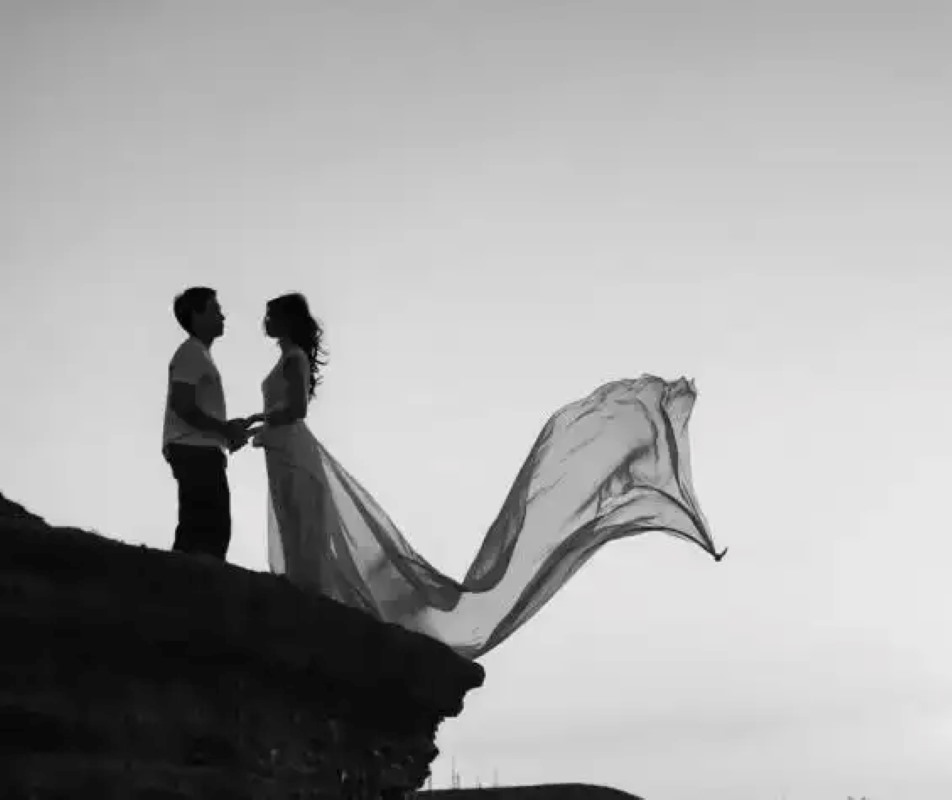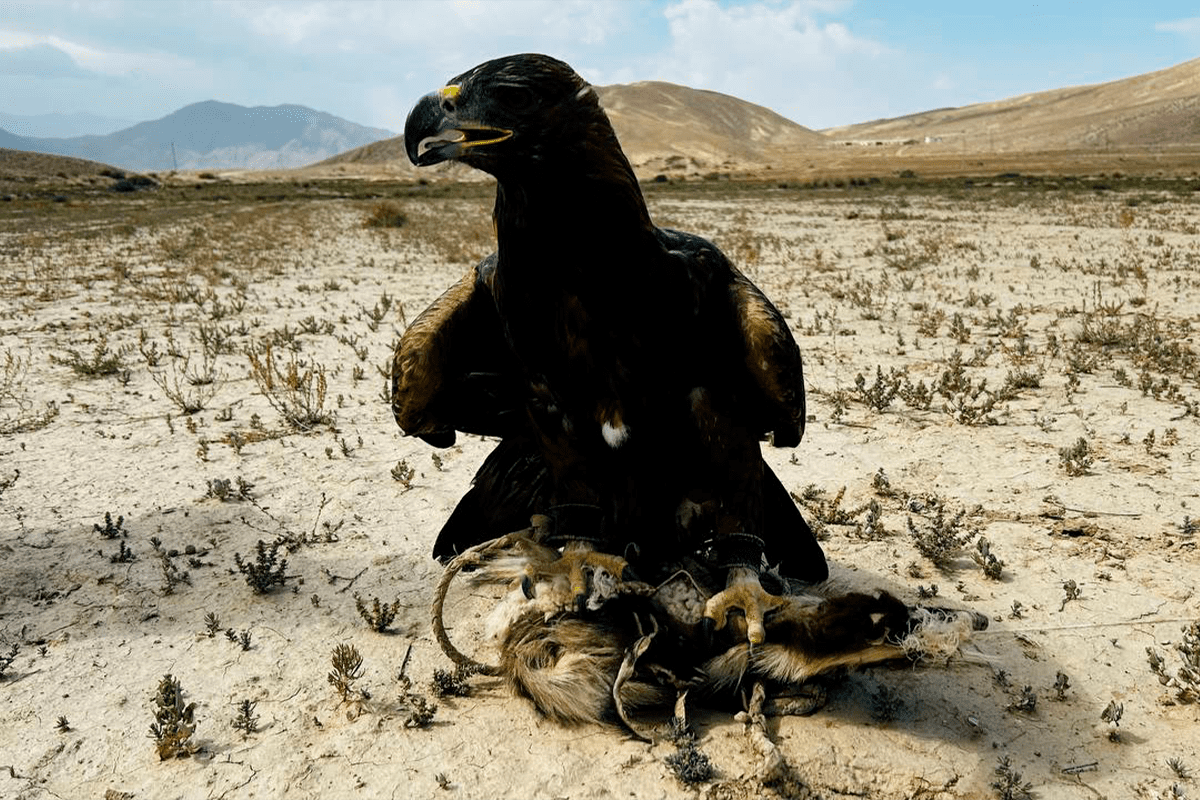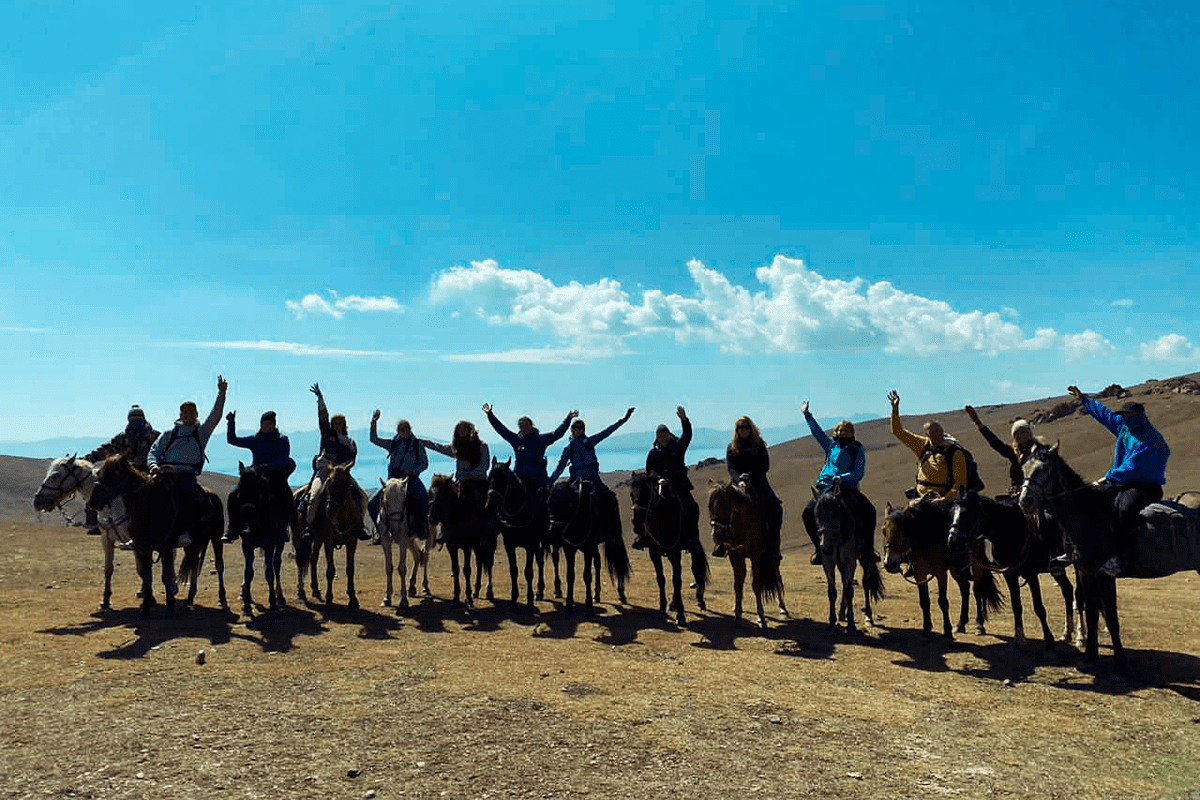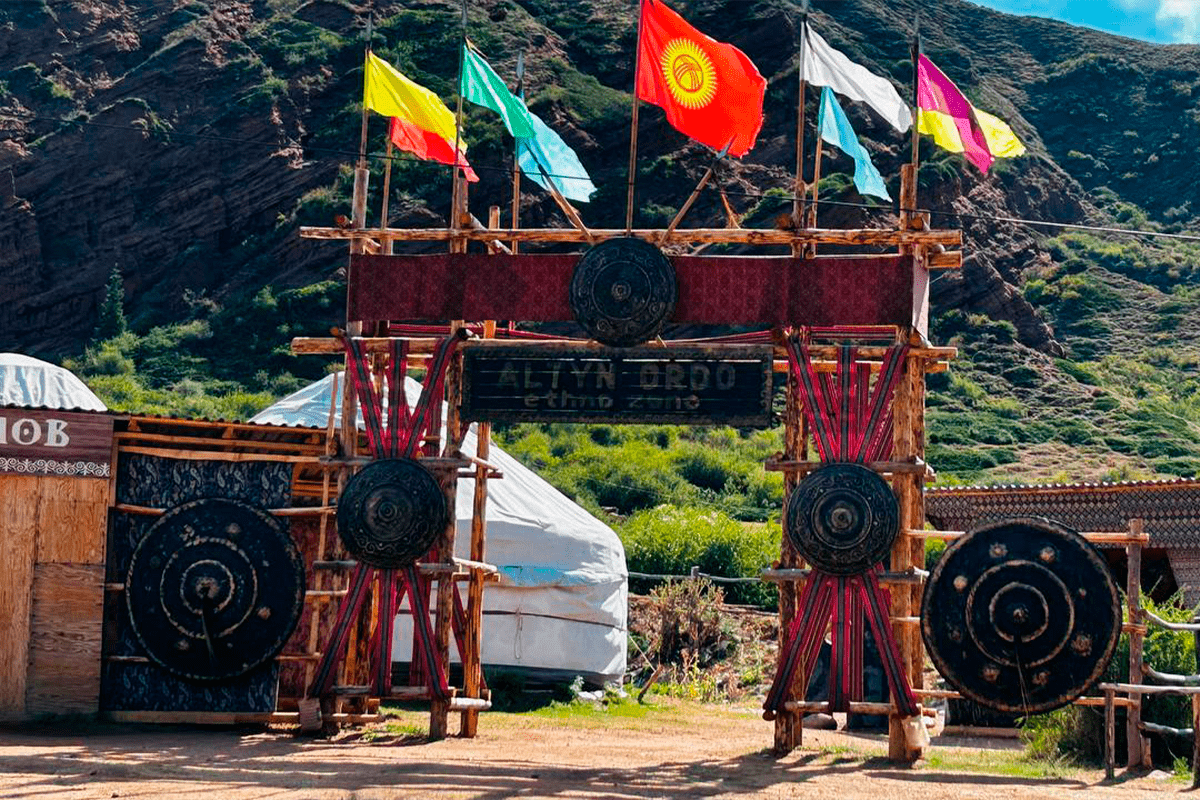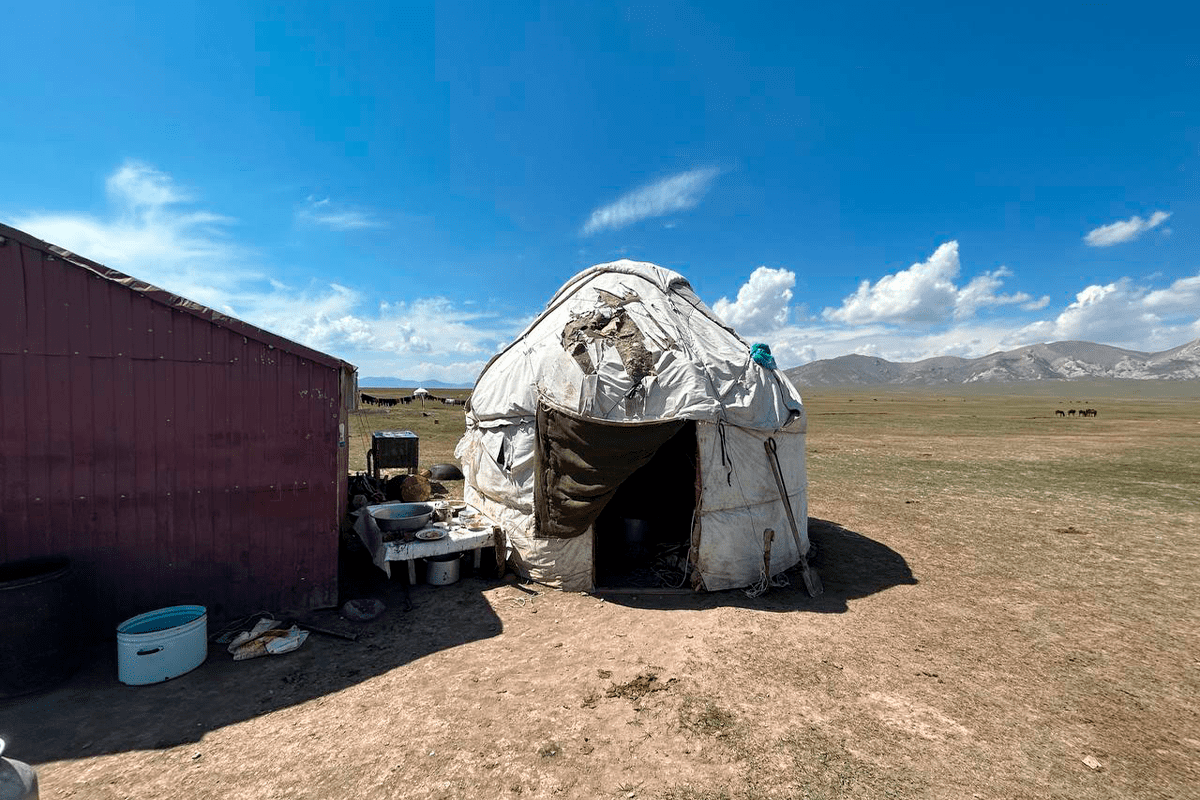Kyrgyz wedding. Although some rituals and customs are no longer observed in modern Kyrgyzstan, the main points inherent in the national wedding ceremony have not lost their relevance and continue to exist in the life of Kyrgyzstanis.
Zholugushuu (representation of parents).
The main preparation and subsequent traditional Kyrgyz events begin after the official presentation of the parents of the bride and groom. During the conversation, the parties discuss and agree on the details of the upcoming celebration.
According to Kyrgyz wedding customs, a meeting with a potential matchmaker takes place on neutral territory without the personal presence of the future newlyweds.
Matchmaking.
The next stage is a marriage of convenience, called “soyko saluu”, when the groom’s mother puts on gold earrings for the future bride. Only women gather for this ceremony, and men are present at the banquet.
This is due to the fact that the groom comes with all his relatives and should be met with special respect and honor.
The parents of the bride and groom call each other “kudagy” (matchmaker) and “where” (matchmaker).
It is very important for future newlyweds to receive a blessing and good wishes from relatives and elders during the “soyko saluu”. This custom is known as “bata toy” and is performed without the direct presence of the newlyweds.
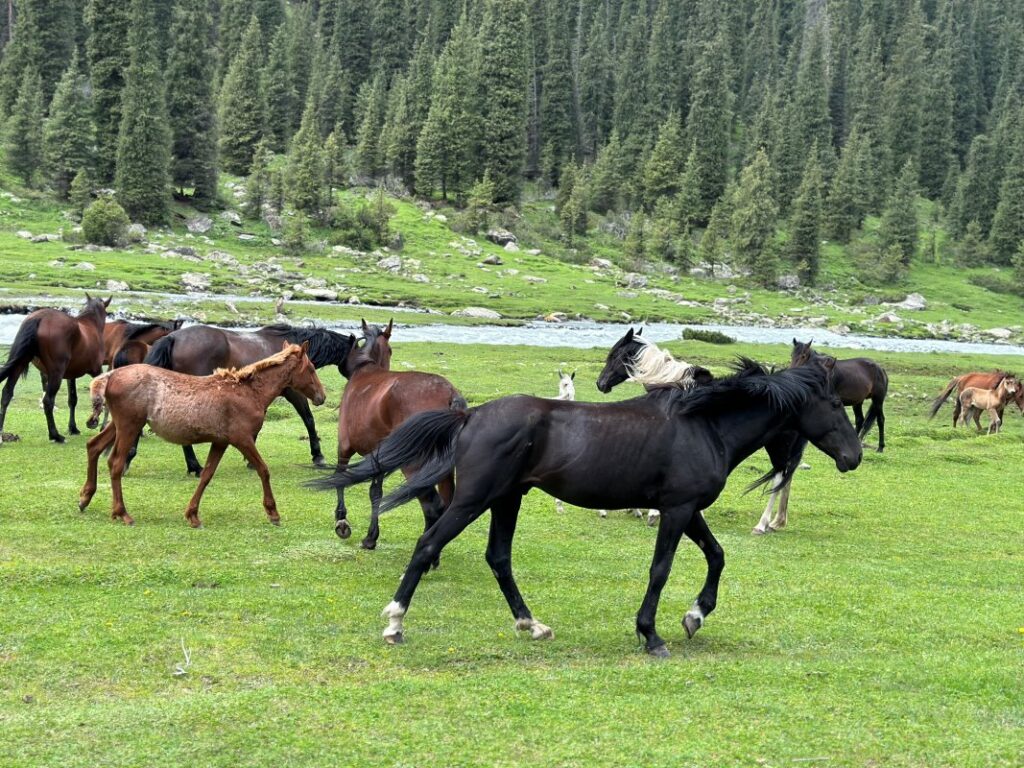
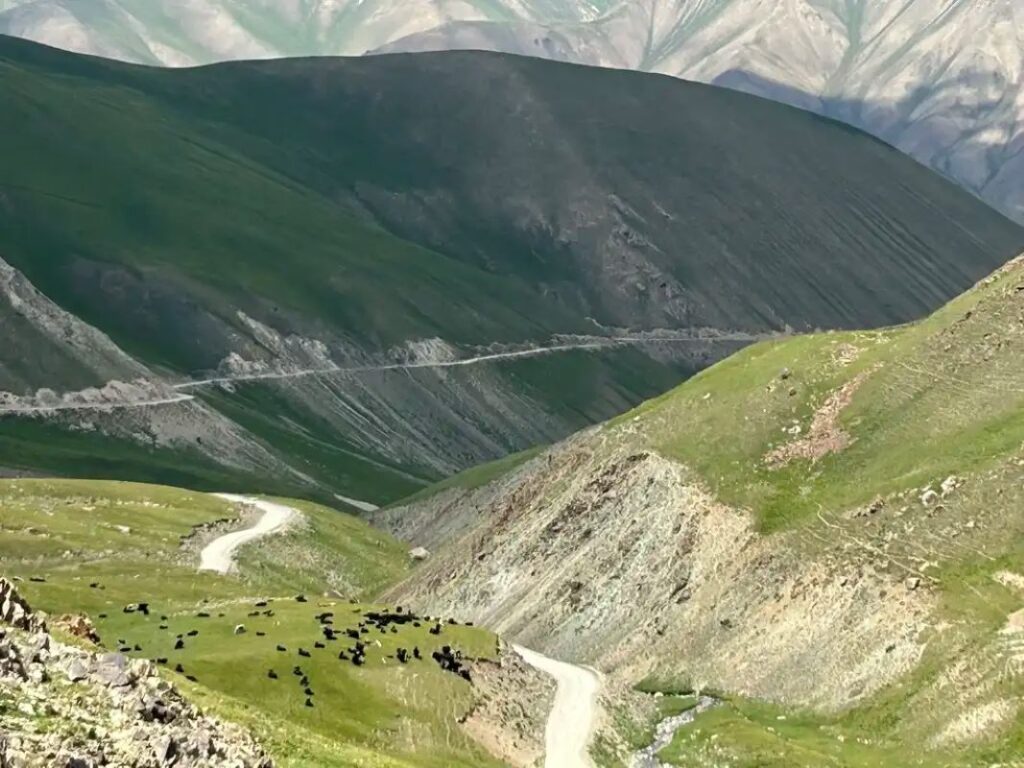
Kyz uzatuu (seeing off the bride).
A young wife who has left her parents’ house goes to her husband’s house with a dowry “sep”. In the old days, rich Kyrgyz families gave a cow, a horse or a camel as a sign of their financial situation.
In modern Kyrgyz society, furniture, beautiful dishes, carpets, bedding and household appliances are considered a good dowry.
In addition, according to the Kyrgyz wedding tradition, the bride’s family presents a “toshok” – a wedding set. It includes: two blankets, two pillows and a mattress.
Jeon toi (wedding ceremony)
A wedding in Kyrgyzstan is not much different from weddings in other Central Asian countries. On a solemn day, the groom and his friends come to the bride’s house. According to custom, before entering the house it is necessary to pay a ransom “korunduk”. The same ransom is demanded before entering the bride’s room and at her kiss.
Then the marriage ceremony takes place in accordance with the Islamic code. Since the majority of the population of Kyrgyzstan are Muslims, wedding traditions include marriage according to religious norms. During the ceremony, the mullah recites the prayers required for this ceremony. At the end of the ceremony, the bride and groom promise to be faithful to each other, to share sorrows and joys, not to part even when it is difficult to live together, to give their children a decent education and upbringing.
Currently, after this traditional ceremony, the newlyweds go to the registry office, and then to the banquet hall or restaurant.
Chachaly (blessing)
After the wedding ceremony is over and the newlyweds return home, the bride is showered with sweets before entering the house, wishing the newlyweds a long and happy life together.
Koshogo (curtains of the bride)
According to the Kyrgyz wedding tradition, a bride who has moved to a new house sits for three days behind a koshogo curtain, and the guests of the house, bowing, give her a blessing.
Kyrgyz mothers believe that if they use the “cat” of the bride, who is already the best in the family, then the new bride will be a kind, loving and obedient wife.
Visiting the bride
The bride’s visit is the final ceremony of the wedding ceremony, after which the newlyweds begin their normal family life.
Kelin koruu is when a young couple visits all the groom’s relatives to receive gifts and congratulations. 7 Prohibitions in the new house
In traditional Kyrgyz families, to this day there is a custom of prohibitions that the newlyweds must unquestioningly observe.
Prohibition 1: In the new house, the bride is strictly forbidden to call her husband’s parents by name, look them straight in the eye or turn her back on them during the wedding.
Prohibition 2: A teacup should be poured only with the right hand, and the left should be pressed to the heart. Do not pour the teacup completely, but only half.
Prohibition 3: You can not wear short skirts and shorts in the presence of your husband’s parents or in-laws.
Prohibition 4: In the house, the wife must always walk with her head covered.
Prohibition 5: It is forbidden to contradict or raise your voice at the husband, the husband’s parents or older relatives.
Prohibition 6: It is forbidden to leave unwashed dishes overnight.
Prohibition 7: It is forbidden to stand on the threshold while receiving guests.
Despite the strict hierarchy in Kyrgyz families and the fact that the new daughter-in-law is at the very bottom of the hierarchy, the position of the daughter-in-law in the family is not humiliating. Even in a new home, the daughter-in-law is obliged to show respect, take care of her needs and not be rude.
In this matter, both sides always try to show equal respect for each other.
Traditional wedding dress
Bride.
The traditional wedding dress of the Kyrgyz bride is a long white dress studded with sequins and beads. Instead of a veil, at the request of the bride, a pointed hat with a veil is worn.
Not so long ago, Kyrgyz women wore “elechek” (a traditional female headdress in the form of a turban, the length of the canvas reaches 30-40 meters) immediately after the wedding and until death.
Marriage sign: if the first “elechek” of the bride is wound smoothly, it means that family life will be full of joy and happiness.
Groom
The groom’s traditional wedding outfit is a long black velvet jacket with ethnic decorations on the edges, embroidered with gold, silver and precious stones, and a wide belt.
The groom’s wedding headdress is an embroidered white patterned “ak kalpak” (traditional men’s headdress made of white felt).
Interestingly, Kyrgyz men usually wear a black “ak karlak”, and if a young man wears a red “ak kalpak”, it means that he is ready for marriage and is looking for a bride.
In modern Kyrgyzstan, most newlyweds prefer European wedding costumes, and traditional ones are used only at individual request.
Suyunchu (good news).
According to Kyrgyz tradition, the bride must be flawless. According to custom, the next morning after the wedding, the sheets on which the newlyweds spent their wedding night are presented as proof of the chastity of the bride.
Kyz ala kachuu (robbed and ran away)
Kyrgyz wedding traditions once included the ritual of “stealing the bride”. In the distant past, this custom was practiced mainly in rural areas. In modern society, it is sometimes held solely as entertainment.

